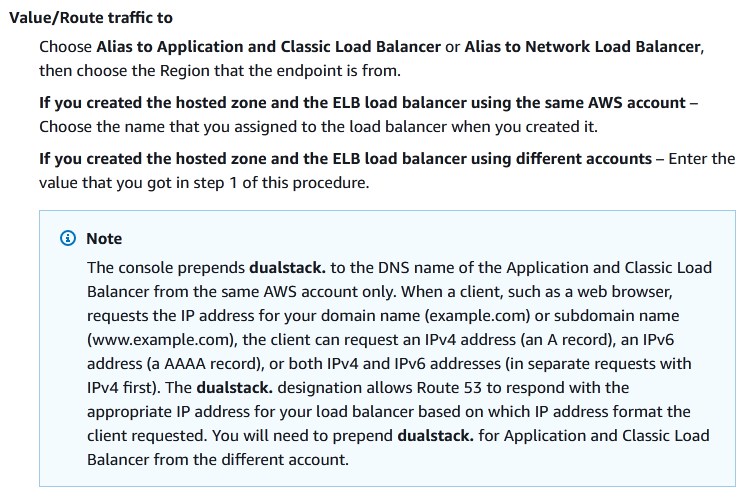A company has an infernal web application that runs on Amazon EC2 instances behind an Application Load Balancer. The instances run in an Amazon EC2 Auto
Scaling group in a single Availability Zone. A SysOps administrator must make the application highly available.
Which action should the SysOps administrator take to meet this requirement?
C
A company hosts a website on multiple Amazon EC2 instances that run in an Auto Scaling group. Users are reporting slow responses during peak times between
6 PM and 11 PM every weekend. A SysOps administrator must implement a solution to improve performance during these peak times.
What is the MOST operationally efficient solution that meets these requirements?
B
A company is running a website on Amazon EC2 instances behind an Application Load Balancer (ALB). The company configured an Amazon CloudFront distribution and set the ALB as the origin. The company created an Amazon Route 53 CNAME record to send all traffic through the CloudFront distribution. As an unintended side effect, mobile users are now being served the desktop version of the website.
Which action should a SysOps administrator take to resolve this issue?
C
Reference:
https://docs.aws.amazon.com/Route53/latest/DeveloperGuide/routing-to-elb-load-balancer.html
A SysOps administrator has enabled AWS CloudTrail in an AWS account. If CloudTrail is disabled, it must be re-enabled immediately.
What should the SysOps administrator do to meet these requirements WITHOUT writing custom code?
B
A company hosts its website on Amazon EC2 instances behind an Application Load Balancer. The company manages its DNS with Amazon Route 53, and wants to point its domain's zone apex to the website.
Which type of record should be used to meet these requirements?
D
Reference:
https://aws.amazon.com/route53/faqs/
A company hosts a web application on Amazon EC2 instances behind an Application Load Balancer (ALB). The company uses Amazon Route 53 to route traffic.
The company also has a static website that is configured in an Amazon S3 bucket.
A SysOps administrator must use the static website as a backup to the web application. The failover to the static website must be fully automated.
Which combination of actions will meet these requirements? (Choose two.)
CD
A data analytics application is running on an Amazon EC2 instance. A SysOps administrator must add custom dimensions to the metrics collected by the Amazon
CloudWatch agent.
How can the SysOps administrator meet this requirement?
D
A company stores its data in an Amazon S3 bucket. The company is required to classify the data and find any sensitive personal information in its S3 files.
Which solution will meet these requirements?
D
A company hosts a web portal on Amazon EC2 instances. The web portal uses an Elastic Load Balancer (ELB) and Amazon Route 53 for its public DNS service.
The ELB and the EC2 instances are deployed by way of a single AWS CloudFormation stack in the us-east-1 Region. The web portal must be highly available across multiple Regions.
Which configuration will meet these requirements?
A
A SysOps administrator is investigating why a user has been unable to use RDP to connect over the internet from their home computer to a bastion server running on an Amazon EC2 Windows instance.
Which of the following are possible causes of this issue? (Choose two.)
AC